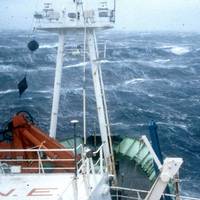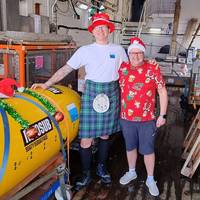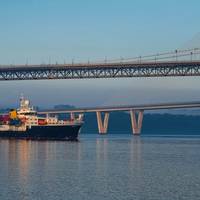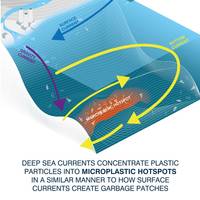National Oceanography Center
National Oceanography Center News
Research Vessel Discovery and "The Night of Monster Waves"

On the night of February 8, 2000, the crew of the British research vessel, Royal Research Ship (RRS) Discovery, were braced for a storm.Wind speeds had been increasing over the previous night creating conditions no one onboard had ex-perienced before – or would want to experience again.From mid-afternoon on the 8th to mid-morning on the 9th, wave heights were topping 20 m in height and even reached…
Christmas @ Sea: “Seas and Greetings” from NOC

Have you ever wondered what happens on ships when they’re at sea for Christmas? Crews onboard the National Oceanography Centre’s (NOC’s) research vessels, based in Southampton, have given a glimpse into the holiday season out on the ocean waves, including Christmas carols and – if one captain has his way – watching Frozen.Both research ships that the center operates, the Royal Research Ship (RRS) James Cook and RRS Discovery…
$56m Allocated to Refurbish Three British Research Ships

The National Oceanography Center (NOC) is celebrating the 100th anniversary of the scientific research ship RRS Discovery’s predecessor being designated as a Royal Research Ship (RRS), while the modern RRS Discovery becomes the first Research Vessel to be refitted at Babcock’s Rosyth facility, 35 miles away from the birthplace of the original vessel in Dundee.To mark this 100th anniversary, the current RRS Discovery will also join its ancestral inspiration…
SCIENCE: Seafloor Microplastic Hotspots Controlled by Deep-sea Currents

New research has revealed the highest levels of microplastic yet recorded on the seafloor, with up to 1.9 million pieces in an area of just one square metre.Published this week in the journal Science, this study shows how deep-sea currents act as conveyor belts, transporting tiny plastic fragments and fibers across the seafloor. These currents can concentrate microplastics within huge sediment accumulations, which the authors of the research term ‘microplastic hotspots’.



